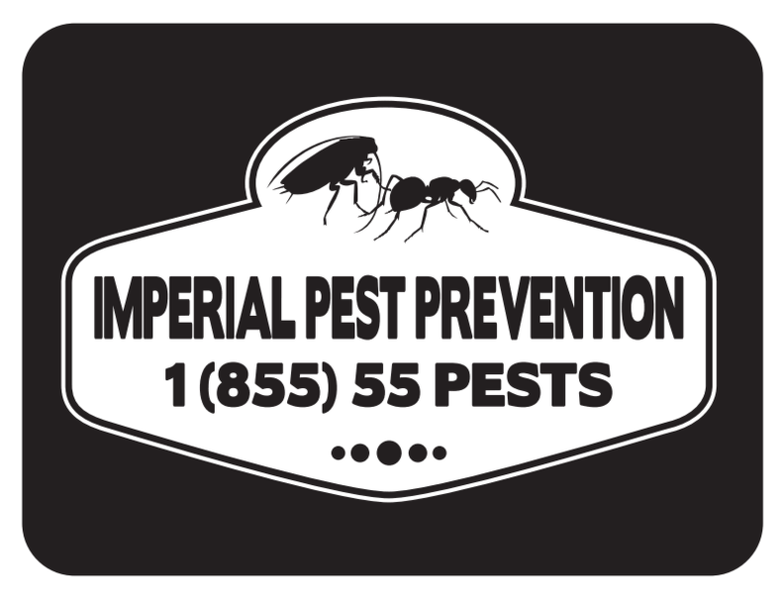The Of Pestwise
The Of Pestwise
Blog Article
Rumored Buzz on Pestwise
Table of ContentsPestwise Things To Know Before You Get ThisThe 5-Second Trick For PestwiseThe Ultimate Guide To PestwiseTop Guidelines Of PestwiseThe 4-Minute Rule for PestwiseThe Ultimate Guide To PestwiseFacts About Pestwise Revealed

Q. Define "incorporated insect management" (IPM) and checklist a number of possible control methods that may be made use of in an IPM method. A. Integrated insect monitoring is the integrating of suitable pest control methods into a solitary plan to reduce parasites and their damage to an acceptable degree. Bug control strategies might include: host resistance, organic control, cultural control, mechanical control, hygiene, and chemical (pesticide) control.
Getting My Pestwise To Work
What can you do to keep the pests you are attempting to regulate from becoming immune to the chemicals you use? A. Bug resistance can be reduced by utilizing incorporated insect monitoring and rotating the types of pesticides utilized.
Insects are a vital hazard to the farming business, and integrated insect management assists cultivators address and minimize these risks. Integrated pest management makes use of several methods in facility, thus being a much more efficient remedy to the concern. Termite Control. Particularly, getting rid of hostile chemical techniques enables decreasing injury to individuals and the setting by utilizing all-natural and much safer alternatives rather
7 Simple Techniques For Pestwise
The objective of integrated bug management is to decrease this damage and control acceptable infestation levels instead of eradicate all undesirable populations. This is why it is essential to understand what actions are justified in each case and use hostile ones only when other incorporated management techniques do not work. Integrated monitoring alleviates the negative consequences of a non-IPM strategy, and the primary advantages of IPM Perks of IPM.
A correct understanding of the problem extent determines if the issue ought to be resolved. are the following components of an IPM program due to the fact that it is crucial to realize if the organisms make possible dangers and determine on the integrated monitoring alternatives or the certain chemical usage. plan to minimize infestations by applying different agronomic strategies.
How Pestwise can Save You Time, Stress, and Money.
if prevention was inefficient. Integrated management alternatives in an IPM program beginning with more secure to much more aggressive ones. Target or program chemical splashing might comply with hands-on elimination or trapping that hasn't aided. The above-mentioned incorporated management facets help understand how to plan and implement an IPM program detailed: Screen your plants routinely.

To name a few, IPM social approaches consist of the adhering to area monitoring methods: soil treatment; selection of ideal plants; plant rotation; interplanting or strip chopping; option of growing dates; weed control; usage of trap plants. Favorable soil conditions speed up plant growth, and vigorous crops are extra resistant to problems. Pest Control Services. In integrated pest management, dirt testing helps understand if the area appropriates for the manufacturing of this or that crop, and afterwards apply the doing not have nutrients to make certain plant healthy and balanced development
More About Pestwise
No-till practices aid protect against dirt erosion, adding to sustainable farming. When tilling is essential, it is suggested to perform it in the autumn to reveal them to natural adversaries and serious weather. Healthy and balanced seedlings and seeds determine successful crop development, so it is very important to pick pest-free planting product with strong origins.
Hence, to name a few applications, crop turning can be efficiently used as an integrated parasite management method. Pests spread slower if rows of different crop kinds divide their host plants in intercropping or strip chopping, which is likewise made use of in the integrated parasite management system. On the other hand, problems increase when plants of the very same plant kind or family members expand with each other.
, as well as tomatoes. Planting trap plants in patches is an additional choice for IPM intercropping. This integrated pest management approach recommends attracting pests to specific plants and after that managing them with chemical or mechanical helpful resources techniques.
How Pestwise can Save You Time, Stress, and Money.
Obstacles are normal examples of physical IPM approaches. Let's take a closer look at them. Eliminating or picking parasites out manually is a time and labor-consuming alternative that is widely used in integrated management and chemical-free farming. Fully grown bugs or their eggs and larvae are accumulated by hand and ruined.

Division of Plant Sciences. This incorporated management method suggests a typical means of destroying pests by predators, parasitoids, pathogens, and other biological control agents (aka hostile microorganisms). The function of biological control in IPM is to.
Some Ideas on Pestwise You Need To Know
With time, their populace transformed out to be a real annoyance to farmers alongside indigenous kangaroos or dingoes. The walking stick toad is an additional situation highlighting integrated organic control failing in this respect when it declined to hunt the target species and became a pest itself. Parasitoids develop on or within their hosts to at some point kill them after growing.
Report this page